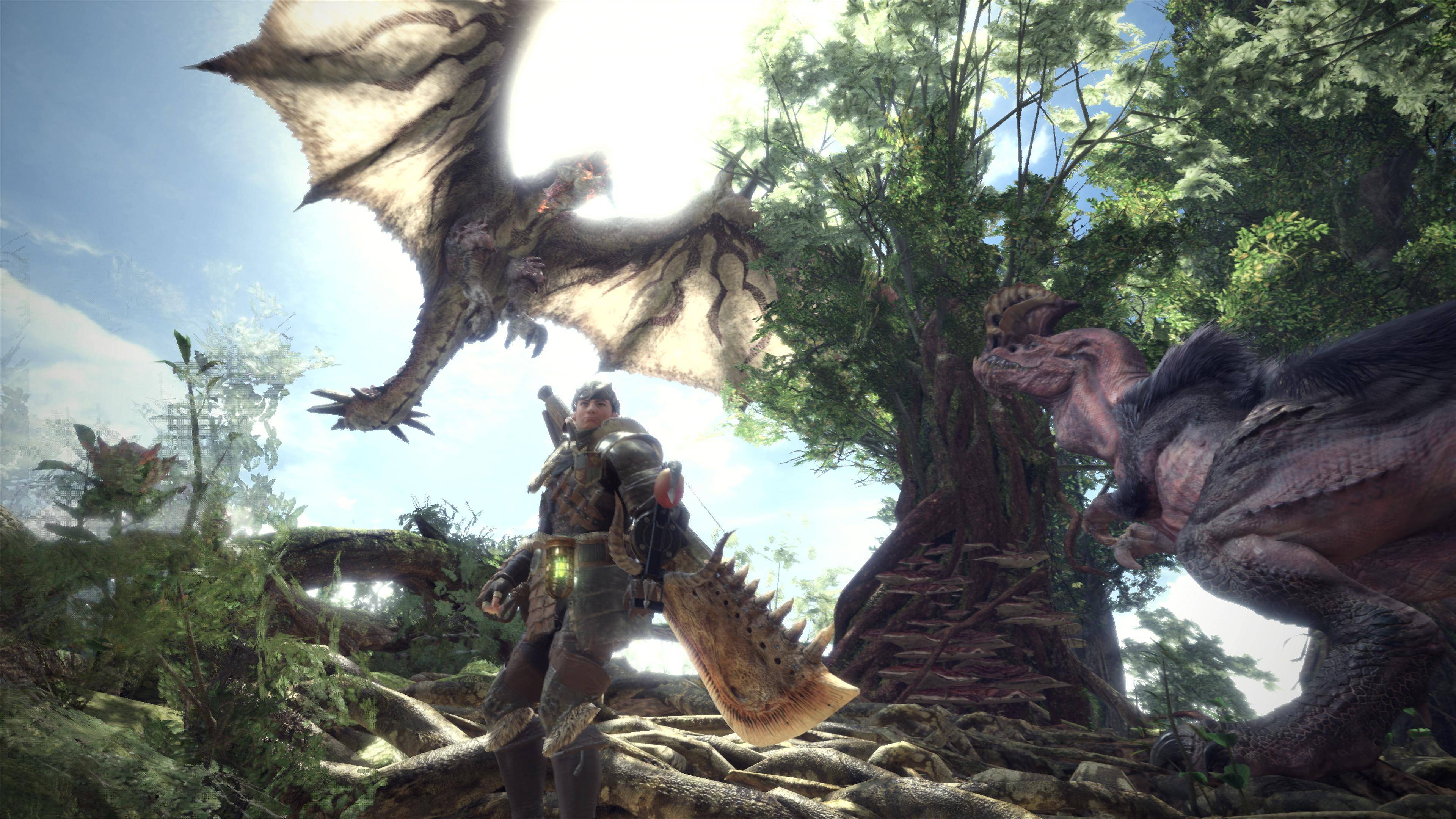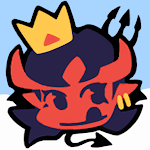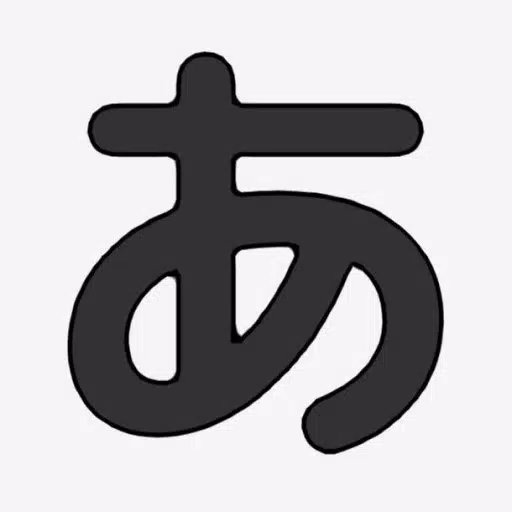In the leadup to its global launch, Monster Hunter Wilds shattered pre-order records on both Steam and PlayStation, following in the footsteps of its highly acclaimed predecessors, 2022's Monster Hunter Rise and 2018's Monster Hunter: World. This monumental success reaffirms Capcom's unique and esoteric RPG series as one of the world's largest video game franchises.
However, this wasn't always the case. Just a few years ago, the notion of Monster Hunter achieving such global acclaim would have been unthinkable. When the series debuted in 2004, it received mixed reviews, and it wasn't until its transition to the PSP in 2005 that it gained significant traction, albeit primarily in Japan.
For a long time, Monster Hunter epitomized the "bigger in Japan" gaming phenomenon. Yet, Capcom's relentless pursuit to penetrate the international market paid off, as evidenced by the global successes of Monster Hunter: World, Monster Hunter Rise, and now, Monster Hunter Wilds.
This is the story of how Monster Hunter evolved from a domestic hit to a global powerhouse.

Monster Hunter Wilds is already proving to be immensely popular. | Image credit: Capcom
Around the time of Street Fighter 5's launch in 2016, Capcom underwent an internal reorganization to prepare for a new generation of games. These games would leverage the company's new RE Engine, replacing the aging MT Framework. This shift was about more than just technology; it included a new mandate to create games that appealed to a global audience, not just specific territories.
"It was a few factors that came together," says Hideaki Itsuno, a former game director at Capcom known for his work on Devil May Cry. "The change of the engine and also all teams were given a very clear goal at that point to make games that reach the global market. [Games] that are fun for everyone."
During the PS3 and Xbox 360 era, Capcom's games often targeted an imagined "Western games market." While Resident Evil 4 was a hit, other ventures like Umbrella Corps and the Lost Planet series chased Western trends without much success. Capcom eventually shifted focus to creating universally appealing games.
"I think that we had that clear goal of just focusing and not holding anything back," Itsuno says. "Towards making good games that would reach people from all over the world."
Itsuno highlights the pivotal changes leading up to 2017, which included organizational shifts and the adoption of the new engine. This era culminated in the launch of Resident Evil 7, marking the beginning of Capcom's renaissance.
No other series embodies this new goal of global success better than Monster Hunter. Although it had dedicated fans in the West, the series was predominantly popular in Japan due to real-world factors.
Monster Hunter found immense success transitioning from PlayStation 2 to the PSP with Monster Hunter Freedom Unite. Japan's strong handheld gaming market, bolstered by advanced wireless internet, allowed players to enjoy cooperative play easily. "20 years ago, Japan was in a very, very solid state in terms of the network environments available to people, and being able to connect and to play online together," says Ryozo Tsujimoto, the series' executive producer.

Monster Hunter Freedom Unite saw the series arrive on PSP, a pivotal moment for Japanese gamers. | Image credit: Capcom
This created a feedback loop where Monster Hunter became a Japan-centric franchise, with Japan-exclusive content and events. Meanwhile, Western fans watched enviously, eager for more inclusive opportunities.
As internet infrastructure in the West improved, Tsujimoto and his team saw an opportunity to launch a more globally accessible Monster Hunter game. Released in 2018 on PlayStation 4, Xbox One, and PC, Monster Hunter: World represented a monumental shift for the franchise. It offered AAA console quality action with enhanced graphics, expansive areas, and larger monsters.
"Our approach to the globalization of the series and Monster Hunter in general really ties into not only the themes that we had going into designing the game, but also in the name of the game," Tsujimoto explains. "The fact that we called it Monster Hunter: World is really kind of a nod to the fact that we wanted to appeal to this worldwide audience that we wanted to really dig into and experience Monster Hunter for the first time."

Monster Hunter: World was a turning point for the series, turning it into a true global phenomenon. | Image credit: Capcom
Monster Hunter: World was released simultaneously worldwide, with no Japan-exclusive content, ensuring equal access for all players. "It comes with realigning ourselves to hit those global standards that people come to expect of titles around the world," Tsujimoto notes.
To further broaden its appeal, Capcom conducted global focus and user tests, which influenced game system design. "We did focus tests and user tests across the world, and some of the impact of those — the feedback and the opinions that we got during that really affected how we designed our game systems and really affected how much success we had as a global title for that game," Tsujimoto says.
One notable change was the addition of visible damage numbers when players hit monsters, a small tweak that significantly enhanced the player experience. Previous Monster Hunter titles typically sold between 1.3 to 5 million copies, but Monster Hunter: World and Monster Hunter Rise both surpassed 20 million copies sold.
This growth was no accident. Rather than altering Monster Hunter to cater to Western tastes, Tsujimoto and his team opened up the series' unique nature to a broader audience without compromising its essence. This approach continues with Monster Hunter Wilds.
"At its heart, Monster Hunter really is an action game, and that sense of accomplishment you get from really mastering that action is an important aspect of Monster Hunter," Tsujimoto explains. "But for newer players, it's really getting to that point. The steps involved in getting to that sense of accomplishment is really what we're trying to strategize for, in terms of designing for new players. So with World and Rise, for example, we were taking really great care to analyze where players got stuck, what was hard to understand, what they were having trouble with, getting player feedback, and also doing our own kind of research into that. And all of that kind of knowledge has impacted how we've implemented new systems into Wilds."
Within 35 minutes of its release, Monster Hunter Wilds reached 738,000 concurrent players on Steam, more than double Monster Hunter: World's peak. With glowing reviews and promises of more content, Monster Hunter Wilds is poised to continue the series' mission to conquer the world.








